On July 26, Deputy Prime Minister Tran Hong Ha chaired a meeting to listen to reports and give opinions on the draft Decree regulating mechanisms and policies to encourage the development of self-produced and self-consumed rooftop solar power.
Deputy Minister of Industry and Trade Nguyen Hoang Long said that in the final draft, self-produced and self-consumed rooftop solar power is produced and consumed by a legal entity or individual organization to mainly serve the needs of that organization or individual.
Organizations and individuals can choose to generate or not generate surplus electricity (if any) from self-generated and self-consumed rooftop solar power into the national power system. In case the surplus electricity is not fully used, it can be sold to the national grid not exceeding 10% of the total installed capacity, based on the approved power development plan.
Leaders of Vietnam Electricity Group and Northern Power Corporation believe that there should be a mechanism to encourage the development of self-produced and self-consumed rooftop solar power in industrial zones and clusters, first of all to prevent grid overload on-site, and at the same time, invest in an electricity storage system to convert into baseload power mobilized during peak hours. This is an extremely large potential that can be realized immediately.


At the meeting, Deputy Prime Minister Tran Hong Ha emphasized that mobilizing self-produced and self-consumed rooftop solar power to the national grid needs to be based on the country's requirements, practical power source development, and the characteristics of each region.
Accordingly, the drafting agency must study the plan to increase the rate of purchasing surplus electricity to the national grid to 20% of installed capacity in the North, and 10% for the Central and Southern regions.
The Deputy Prime Minister also said that the installation of rooftop solar power in industrial parks and clusters, in addition to the regulation that enterprises must invest in installation themselves as in the draft, should be allowed to hire other units to install it for use.
In addition, there must be regulations on control measures to ensure system safety when mobilizing self-produced rooftop solar power and self-consumption of surplus capacity to the grid; assign local electricity to monitor and implement in each region and area.
Regarding the method of determining the purchase price of self-produced and self-consumed rooftop solar power, the Deputy Prime Minister suggested that the Ministry of Industry and Trade consider and study the direction of applying a compensation-offset mechanism, or according to the lowest offering price in the competitive electricity market at the time of purchase.
In addition, the Deputy Prime Minister requested that there must be clear incentive policies for organizations and individuals to participate in investing in self-produced and self-consumed rooftop solar power, along with power storage equipment to convert into baseload power to be sent to the grid during peak hours, in the direction of "the state and the people working together". Therefore, the Ministry of Industry and Trade coordinates with the Ministry of Finance and the Ministry of Natural Resources and Environment to review tax incentives in accordance with the provisions of environmental protection laws.
"In case investors install power storage equipment to become the base power mobilized during peak hours, there must also be incentives in terms of tax support, credit, and be able to generate up to 100% of the installed capacity. If there is a problem with planning, the Ministry of Industry and Trade will propose adjustments when ensuring technology, techniques, and costs," the Deputy Prime Minister noted.
Currently, the country has more than 103,000 rooftop solar power projects, with a total capacity of more than 9,500 MW. According to the Power Plan VIII, the scale of this type of source will increase by 2,600 MW by 2030, or reach 50% of office buildings and residential houses.
Source



![[Photo] Prime Minister Pham Minh Chinh chairs conference to promote public investment growth momentum](https://vphoto.vietnam.vn/thumb/1200x675/vietnam/resource/IMAGE/2025/5/20/7d1fac1aef9d4002a09ee8fa7e0fc5c5)

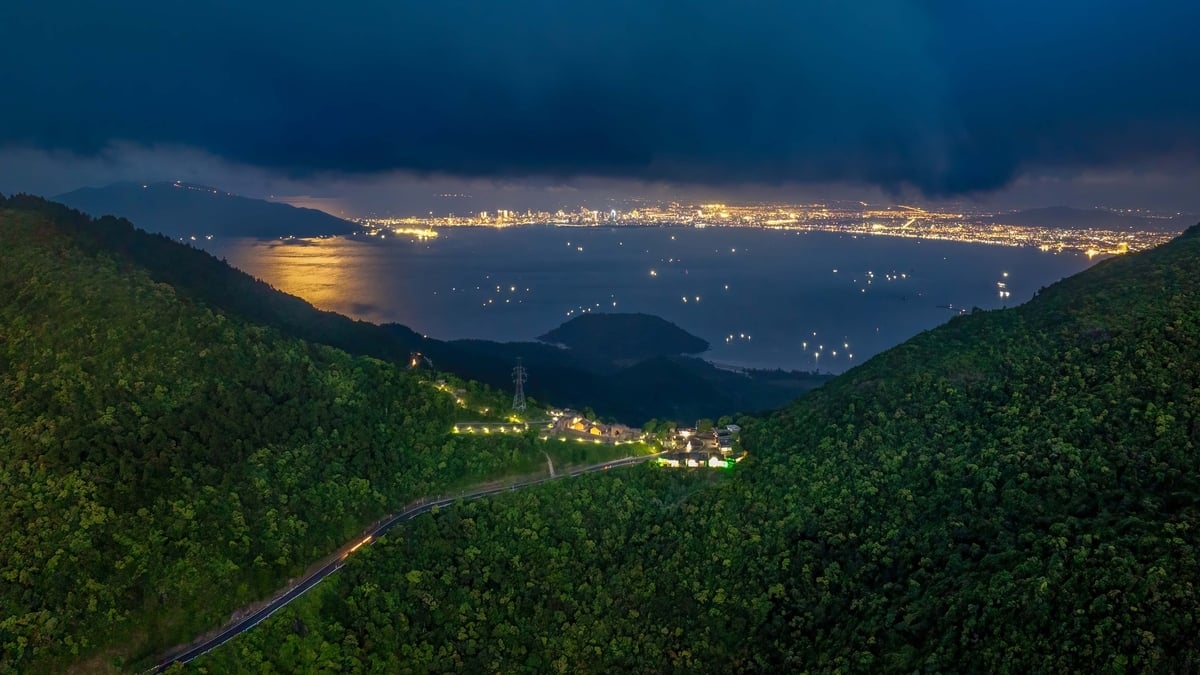













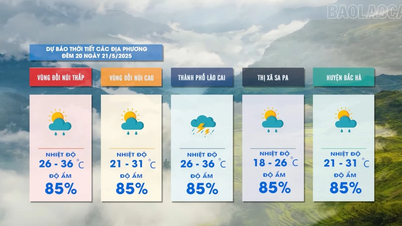

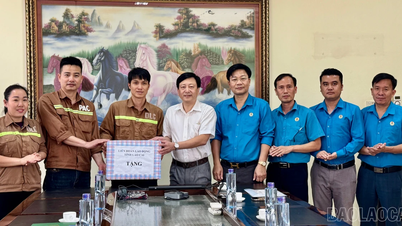

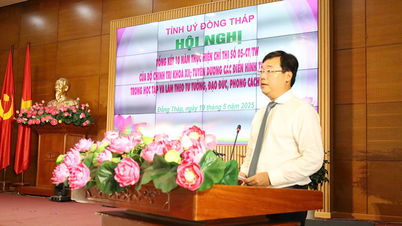






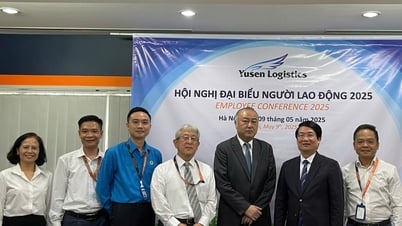

























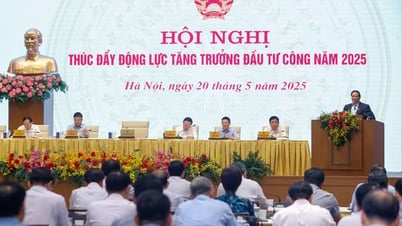




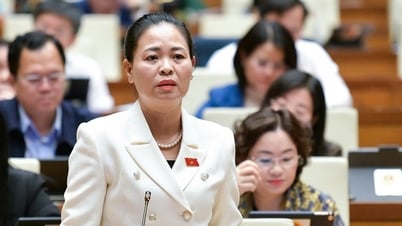






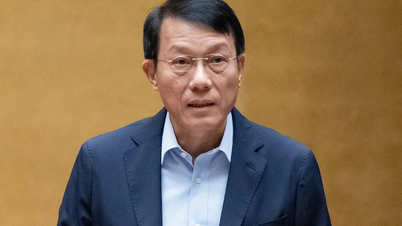

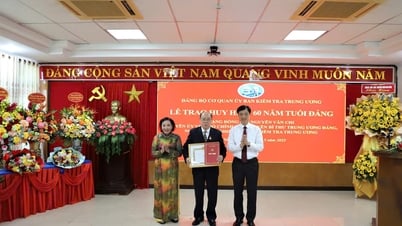








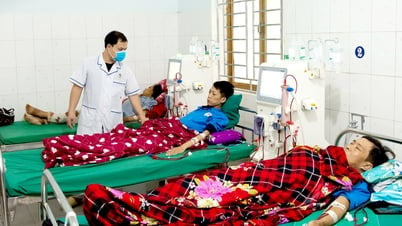


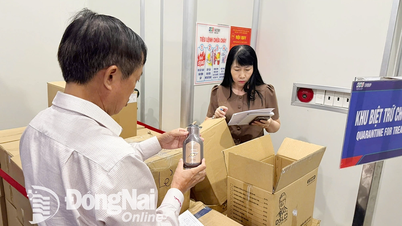

















Comment (0)